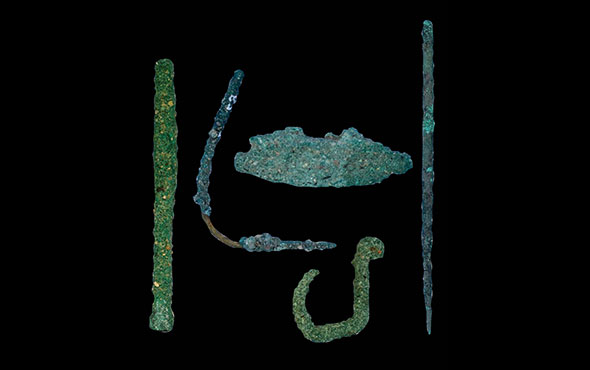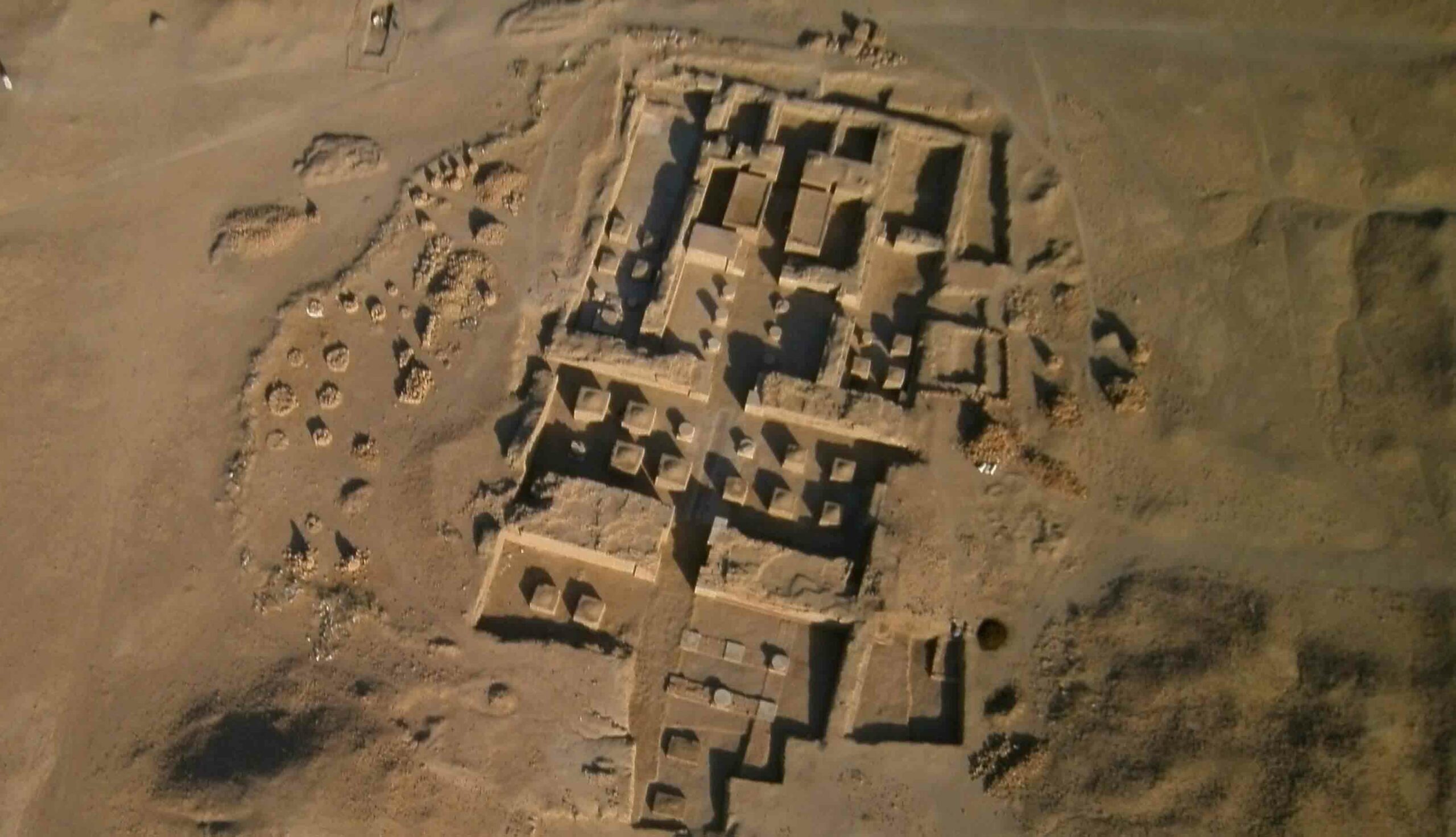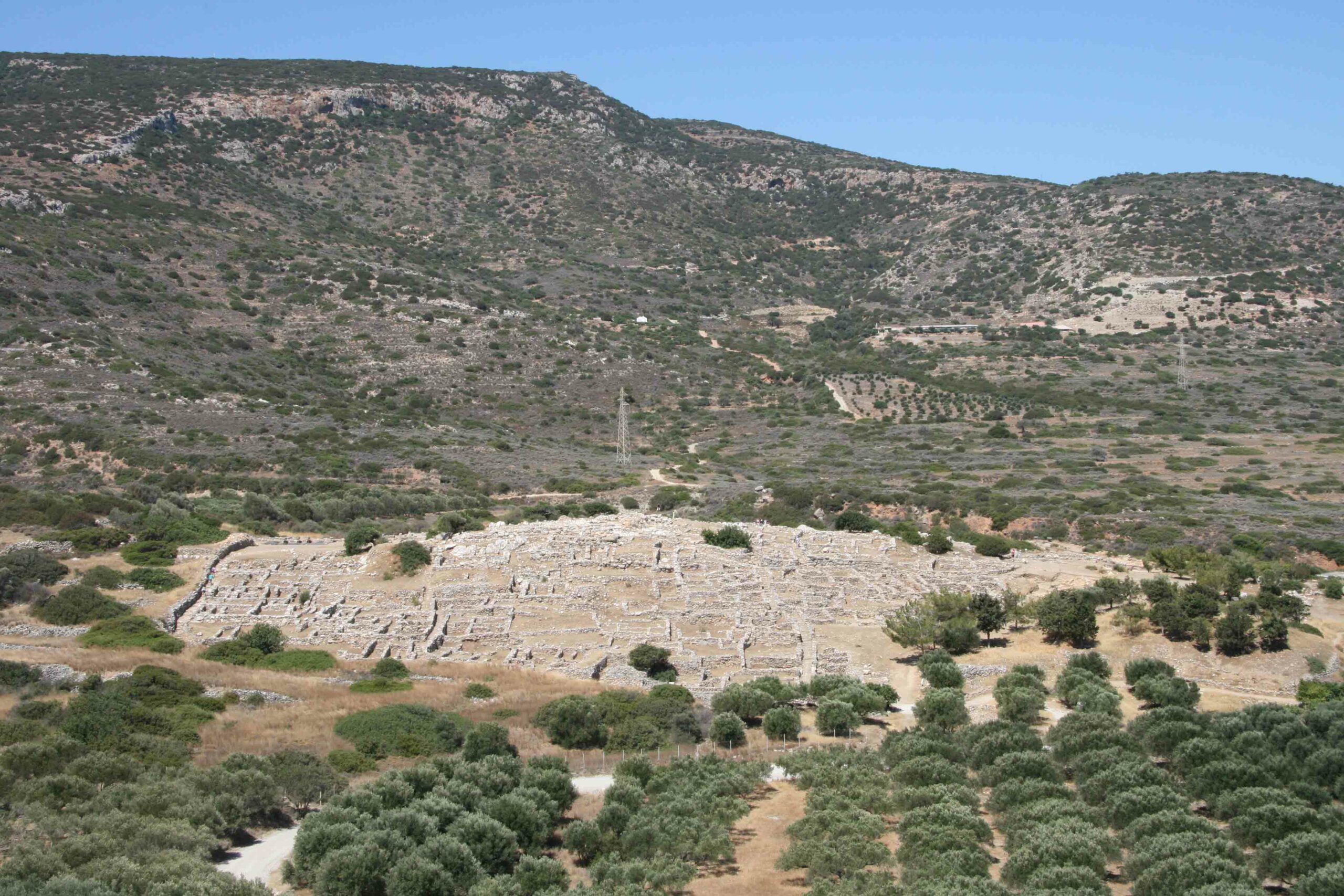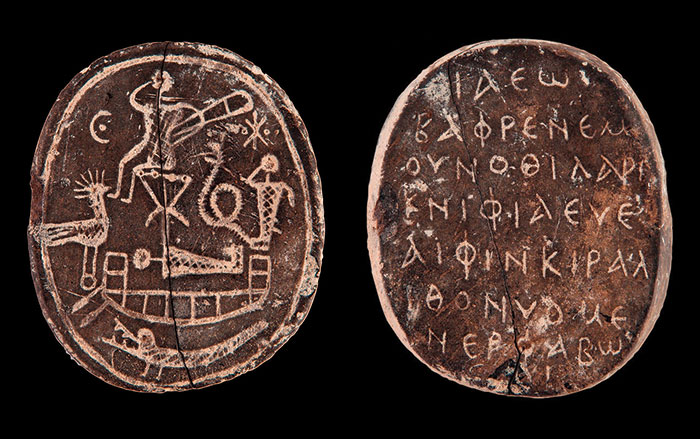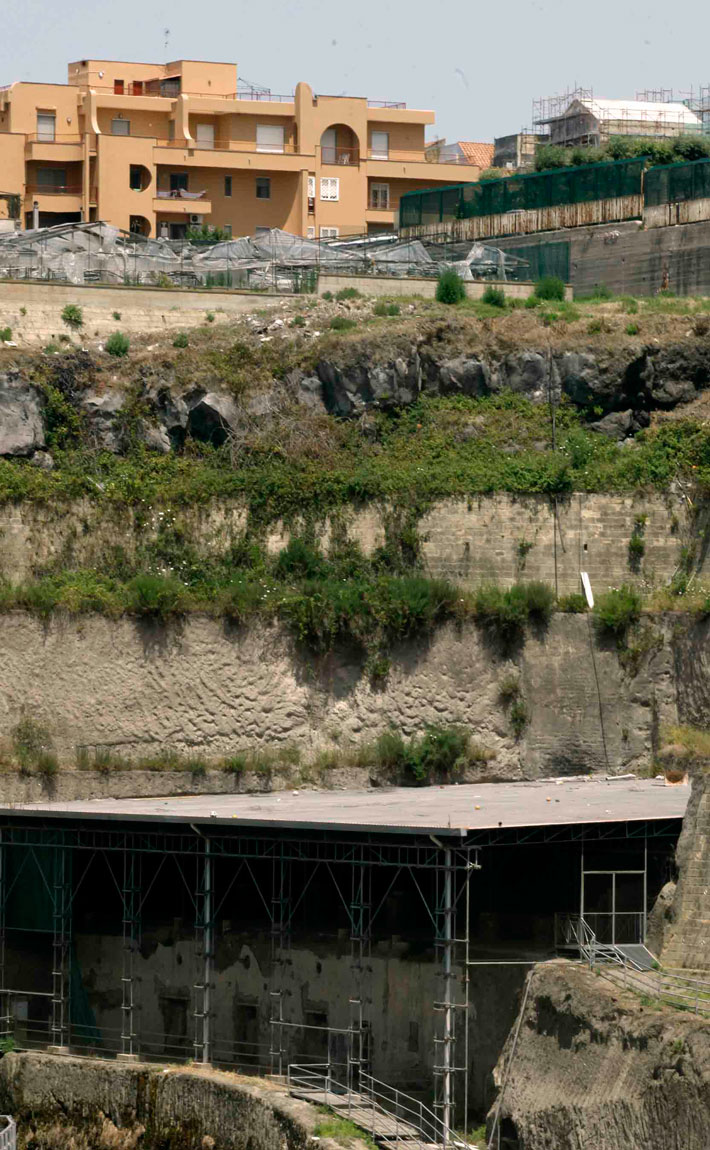
LEIPZIG, GERMANY—An international team of scientists led by researchers from the Max Planck Institute for Evolutionary Anthropology has developed a technique for dating shells from the Ksâr ‘Akil site in Lebanon, where the fossils of two modern human individuals, nicknamed Ethelruda and Egbert, have been found, along with their Upper Palaeolithic toolkit. The people who lived at Ksâr ‘Akil gathered these newly dated molluscs and often cut off the tops of their shells to extract the flesh. “Our analyses show that Egbert lived around 43,000 years ago and Ethelruda at least 45,900 years ago, possibly earlier. Therefore, Ethelruda pre-dates all European modern humans,” Johannes van der Plicht of Groningen University said in a press release. “Toolkits similar to those associated with Ethelruda and Egbert are also found in other sites in the Levant as well as in Europe. These similar toolkits and the earlier ages in the Near East suggest population dispersals from the Near East to Europe between 55,000 and 40,000 years ago,” explained Marjolein Bosch of the Max Planck Institute. To read about a masterpiece of Paleolithic art discovered in Europe, go to "A New Life for the Lion Man."



